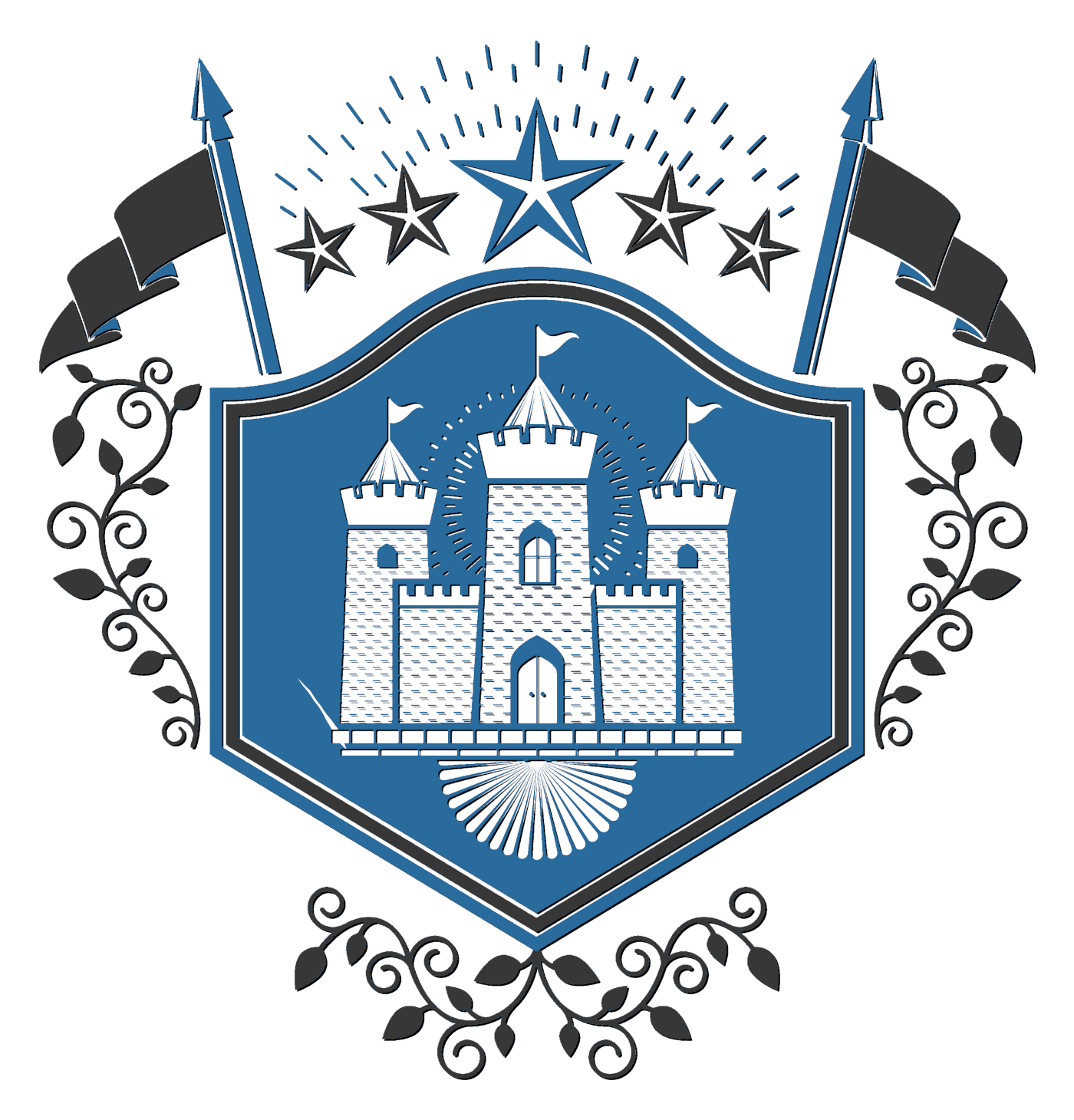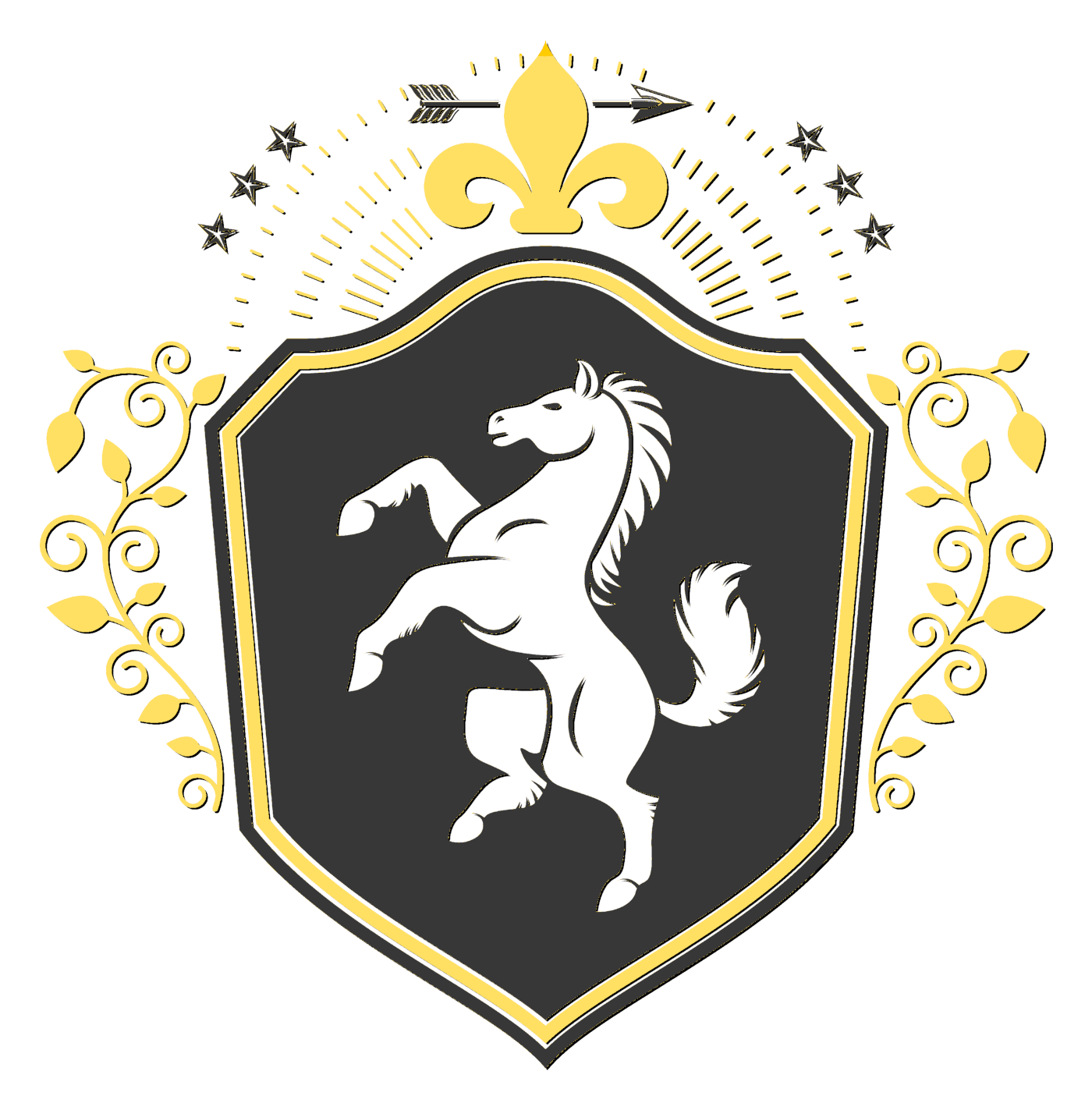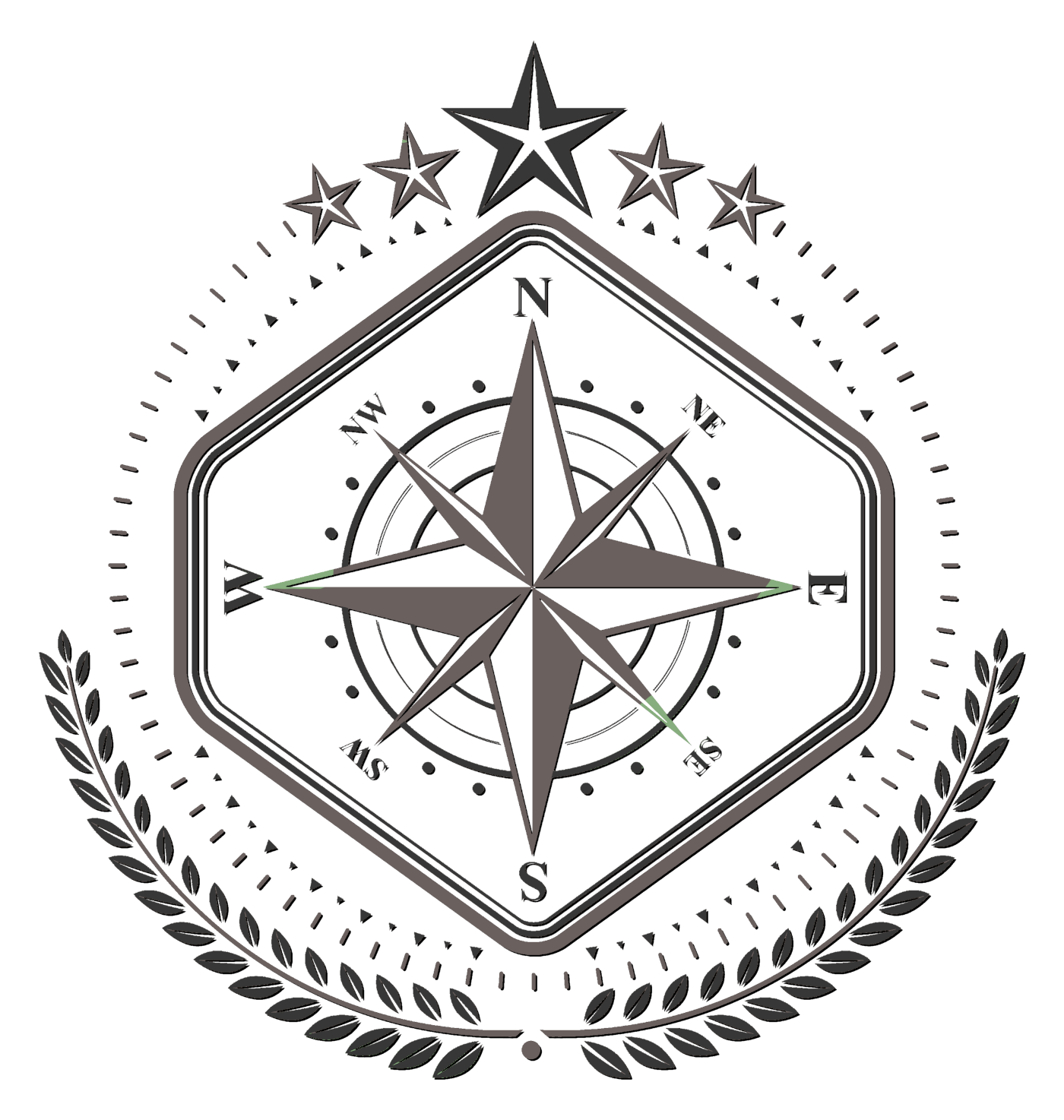So my next two race-creation posts are going to be sharing ideas that I've gleaned from two different books on fantasy writing. But I want to make it very clear up front that just because I read these books and found helpful thoughts in them is in no way an endorsement for others to spend the money on them that I did (I wasn't very financially prudent at that phase of my life). I am going to be doing my dead best to share the ideas from these books in a way that doesn't violate the copyright, because the authors deserve to reap the rewards for writing their ideas. Today's post will be sharing two very interesting concepts that a lot of us (including me) use unconsciously and that I became aware of while reading Andrew P. Miller and Daniel Clark's “Fantasy Races” chapter of
The Writer's Complete Fantasy Reference by Writer's Digest. The concepts that these authors helped me become aware of and that I hope to share with you in this post are the two very similar ideas of
adaptation and
elevation.
Adaptation is a pretty familiar concept. You see something you like, so you incorporate into your story with a special touch of your own to make it unique. It's done a lot with fantasy races, sometimes unwittingly. There are a lot of races out there that are adaptations of the elves that Tolkien made so popular in LOTR. In fact, Tolkien himself adapted the name “elves” from the legends and sagas that he studied as a linguist. His example is perhaps one of the more fun forms of adaptation, taking a race/people from the mythology/folklore of our world and using it as the model for a fantasy race. As I've said before several times, that's how all the races in my world Fantasia were developed. But mythical peoples aren't the only ones that can be adapted into fantasy worlds. American Indians, Bedouin nomads, and Asian Buddhists are just samples of human peoples in our world that authors have used as inspiration for their fantasy races.
Elevation is a little less self-explanatory than adaptation, but in reality it's quite similar. The best I can tell (Miller and Clark gave examples but no real definition) elevation in race-creation is the process of taking an individual or a non-sentient species and building them into a fantasy race. Like I said in the beginning, elevation and adaptation are two very similar concepts. The main distinguishing point seems to be that in adaptation you're adapting a race/tribe/culture and in elevation you're taking a unique creature/person and expanding it into a full race. Were-wolf races would be a good example of elevation. The legend of the werewolf, a man (individual) that turns into a wolf, gives birth to a race of men, women, and children that turn into wolves. Another good example would be if I had a race of Sasquatches in one of my worlds. There's a legend somewhere in the British Isles of the Brown Man of the Muirs who guards the wildlife of a certain region. *feels too lazy to grab his fairy book and find out where* I've thought several times of making a race inspired by that individual fairy, and odds are that I eventually will.
Elevation is also seen when you have dragons, unicorns, phoenixes, gryphons, etc. as races in your world. You take what was originally a monster/magical creature and elevate to a sentient race with a culture, language, and a sense of (for lack of a better word) humanity about them. Miller and Clark make several examples of elevation in the book in which authors have races that are humanish and animalish.
Because adaptation and elevation are such similar concepts, they work together quite well and quite often. I'll give you an example from my worldbuilding. In one of my worlds (one that has since kinda fallen to the wayside) I adapted the British household fairy the brownies and elevated the common animal the squirrel to make a race of Brownies in my fantasy world that have several squirrel features and wind up being conquered and enslaved as house-slaves by a humanoid race. (That world might make a comeback, but we'll have to wait and see).
So why are these concepts that I thought yall should know? Because, if you're stuck in your worldbuilding and having trouble finding inhabitants for it, these concepts can be a big help. It might seem unoriginal (that dirty word for writers

), but as the book of Ecclesiastes in the Bible says, there's nothing new under the sun (paraphrased from memory). I've used these concepts in all of my race creating, even before I'd read the book and learned about them, they just seem to be hardwired into how I do fantasy. And the fun thing is, just because the original concept came from something else, doesn't mean that the end product will be too similar. You're fantasy writers, you can change things, add things, subtract things, and meddle until the race is totally yours. If you use dwarves or elves, I'm pretty sure you've already had some practice with this. I'll give you one last example from Fantasia, I have a race of gnomes (which are universally considered diminutive people) that average about six feet tall

So, hope this post helps somebody. It's shorter than some of my other posts and there were no questions in it, but I think these are ideas that can help people




